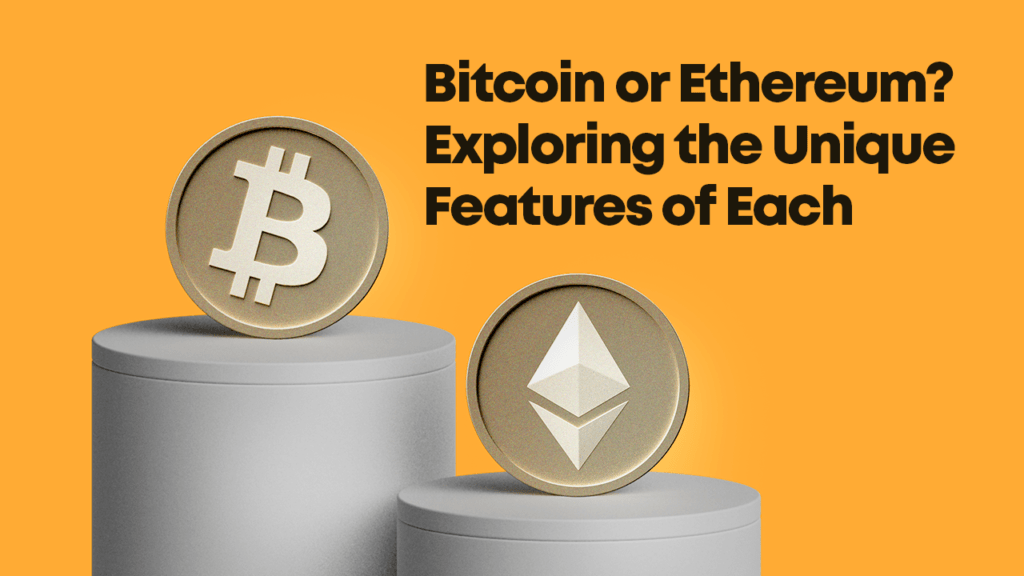Why Crypto Market Is Down Today: Will Market Recover After FOMC?

The global crypto market is witnessing a downturn, with the total market cap dropping to $3.47 trillion, reflecting a 1.13% decrease over the past 24 hours. Market trading volume has also shrunk significantly, falling 27.08% to $111.85 billion within the same period. FOMC Meeting and Interest Rate Uncertainty The crypto market crash is driven by anticipation of the 2025 FOMC meeting, as markets historically react negatively before major Federal Reserve decisions. Analysts predict a 99.5% chance of rates staying at 4.25%-4.5%, but an unexpected rate cut could spark a recovery. Strategic selling ahead of the meeting is contributing to the dip. A dovish Fed stance may trigger a Bitcoin rally, while a hawkish stance could lead to further selling pressure in the market. ETF Outflows and Declining Investor Sentiment The latest Spot ETF news indicates institutional investors have reduced their crypto asset exposure. Bitcoin ETFs saw an outflow of $457.48 million on January 27, with nearly 8,000 BTC being liquidated, valued at approximately $800 million. Similarly, Ethereum ETFs witnessed an outflow of $136.25 million, highlighting declining investor interest. These outflows suggest that large-scale investors are cautious, possibly due to macroeconomic uncertainty and the Federal Reserve’s upcoming decisions. As a result, Bitcoin fell to $102,420.24, experiencing a 0.58% intraday drop, while Ethereum slumped to $3,137.80 after a 1080% daily drop in trading volume. Fear and Greed Index Reflects Investor Sentiment Shift The Fear and Greed Index, a critical indicator of market sentiment, currently stands at 50 (Greed) and 53 for yesterday, but a notable decline from last week’s Extreme Greed (66). This decline suggests that investor enthusiasm has cooled significantly, contributing to the ongoing market downturn. A month ago, the index was 65, showing a more stable bullish sentiment. However, the sharp drop from last week’s Extreme Greed indicates that traders are shifting towards caution, likely due to fears of increased volatility stemming from the FOMC meeting 2025 and ETF outflows. Historically, when the index moves downward from extreme levels, it often correlates with a crypto crash or market correction. Read more: 24 Hours Price Analysis: Is LUNC Primed for a Comeback? Key Indicators Suggest a Reversal Could Be Near Despite Showing 8.59% Dip Will the Crypto Market Recover? While short-term volatility is expected, a potential dovish stance from the Federal Reserve could catalyse Bitcoin and other cryptocurrencies to rebound. If ETFs regain inflows and investor sentiment improves, the market could stabilize and reverse its downward trajectory. For now, the crypto market remains at a critical juncture. The upcoming Fed Meeting news will determine whether Bitcoin, Ethereum, and other assets will recover or face further corrections.
Bitcoin or Ethereum? Exploring the Unique Features of Each

Bitcoin or Ethereum? Understanding the difference between Bitcoin and Ethereum and their complementary roles can help investors make informed decisions and effectively diversify their crypto portfolios. Bitcoin and Ethereum dominate the world of cryptocurrencies. Both are groundbreaking digital assets, yet they serve different purposes and have unique features that set them apart. This article delves into each, providing crypto enthusiasts and financial investors with a clear understanding of each. What is Bitcoin? Bitcoin, launched in January 2009, was the first cryptocurrency to be introduced. Often called “digital gold,” Bitcoin was designed as a digital currency operating independently of any central authority. It primarily serves as a store of value and a medium of exchange, facilitating transactions without a central intermediary. Bitcoin transactions are verified using a consensus algorithm called Proof of Work (PoW). This process involves miners solving complex mathematical puzzles to broadcast, store, and confirm transactions. What is Ethereum? Ethereum, introduced in 2015, is more than just a digital currency. It is a decentralized platform that enables the development and execution of smart contracts and decentralized applications (dApps). Ethereum’s native cryptocurrency, Ether (ETH), powers these operations. Unlike Bitcoin, Ethereum allows for transactions that contain executable code, enabling the creation of smart contracts and dApps. Ethereum uses a consensus mechanism called Proof of Stake (PoS), which it began transitioning to in December 2020 with the launch of the Beacon Chain. Key Differences Between Bitcoin and Ethereum Here is a tabulated summary of the differences between Bitcoin and Ethereum: Aspect Bitcoin Ethereum Launch Year 2009 2015 Primary Purpose Digital currency, store of value Platform for dApps and smart contracts Native Cryptocurrency Bitcoin (BTC) Ether (ETH) Consensus Mechanism Proof of Work (PoW) Transitioning to Proof of Stake (PoS) Block Time ~10 minutes ~15 seconds Supply Cap 21 million BTC No hard cap, managed through burning Main Use Case Monetary transactions Executing smart contracts, running dApps Energy Consumption High (energy-intensive mining) Lower (staking requires less energy) Scarcity Fixed supply leading to perceived scarcity Supply can be inflationary but managed Transaction Speed Slower, approx. 7 transactions per second Faster, approx. 30 transactions per second Network Upgrades Less frequent Frequent upgrades (e.g., transitioning to PoS) Smart Contract Support No Yes Use in DeFi Limited Extensive Market Position Often referred to as “digital gold” Referred to as “digital silver” Current Market Focus Store of value, digital currency dApps, DeFi, NFTs This table highlights the core differences between Bitcoin and Ethereum, helping to illustrate how each plays a unique role within the cryptocurrency ecosystem. Bitcoin and Ethereum: Complementary Roles While they serve different purposes, they are not necessarily competitors. Bitcoin is often seen as a stable asset and a store of value, while Ethereum provides the infrastructure for decentralized applications and smart contracts. Bitcoin can preserve value in a diversified portfolio, whereas Ethereum offers access to the growing world of decentralized finance (DeFi). Here is a tabulated summary of the similarities between Bitcoin and Ethereum: Aspect Similarities Decentralization Both operate on decentralized networks without central authority. Blockchain Technology Both use blockchain technology to record and verify transactions. Cryptographic Security Both are secured by cryptographic algorithms, ensuring transaction integrity and security. Digital Assets Both have native cryptocurrencies (Bitcoin for Bitcoin, Ether for Ethereum). Public Ledger Transactions are recorded on a public ledger that anyone can view. Transaction Verification Both require transactions to be verified and added to the blockchain by network participants (miners for Bitcoin, validators for Ethereum PoS). Immutability Once transactions are added to the blockchain, they cannot be altered. Global Accessibility Both can be accessed and used by anyone with an internet connection worldwide. High Volatility Both experience significant price volatility, attracting investors with high risk tolerance. Investment Options Both experience significant price volatility, attracting investors with a high-risk tolerance. Financial Inclusion Both aim to provide financial services to unbanked and underbanked populations. Innovation Leaders Both are seen as leaders in the cryptocurrency space, driving innovation and adoption. The above table highlights similarities to the foundational aspects shared by Bitcoin and Ethereum. Investing in Bitcoin and Ethereum These cryptocurrenies have been exceptional long-term investments but come with high volatility. Investors can buy Bitcoin and Ether on cryptocurrency exchanges like Coinbase, Gemini, and eToro. They can also invest through brokerage accounts that support crypto trading. Additionally, future contracts and ETFs are available for both cryptocurrencies, offering various investment ways based on risk tolerance and investment strategy. Final Thoughts Bitcoin and Ethereum are the most prominent cryptocurrencies, each with distinct roles and features. Bitcoin serves as a digital currency and store of value, while Ethereum powers decentralized applications and smart contracts. FAQs about Bitcoin and Ethereum 1. What is the primary difference between Bitcoin and Ethereum? Bitcoin is mainly a digital currency and store of value, while Ethereum is a platform for smart contracts and dApps. 2. Which consensus mechanism does Bitcoin use? Bitcoin uses Proof of Work (PoW). 3. Has Ethereum fully transitioned to Proof of Stake (PoS)? Ethereum is still in the process of transitioning to PoS. 4. Can Bitcoin and Ethereum complement each other in a portfolio? Bitcoin can preserve value, while Ethereum provides access to decentralized applications and financial services. 5. Where can I invest in Bitcoin and Ethereum? You can invest in Bitcoin and Ethereum on exchanges like Coinbase, Gemini, and eToro, or through brokerage accounts that support crypto trading.

